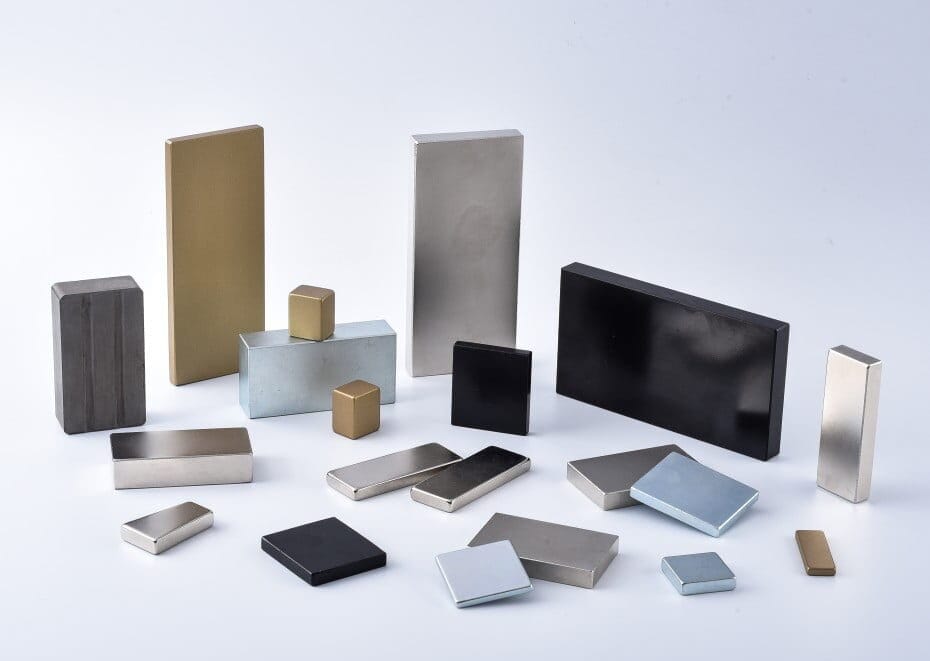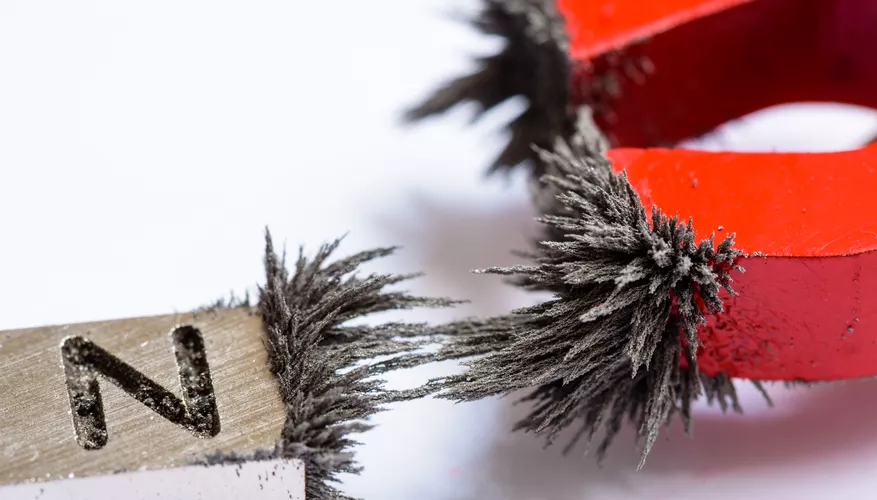Neodymium Magnets, known as NdFeB magnets, have gained significant popularity in various industries due to their exceptional strength and versatility. These magnets are made from an alloy of neodymium, iron, and boron, hence the name NdFeB.
Critical Advantages of Neodymium Magnets
- Remarkable Magnetic Strength: Neodymium magnets are today’s most vital permanent magnets. Despite their small size, they can generate an impressive magnetic field, making them ideal for applications that require a high level of magnetism.
- Versatility: Neodymium magnets are widely used in various industries, including electronics, automotive, medical, and renewable energy. In electronics, they are employed in speakers, headphones, and hard disk drives. In the automotive industry, they play a crucial role in electric motors, power steering systems, and hybrid vehicles. Additionally, neodymium magnets are used in magnetic resonance imaging (MRI) machines in the medical field.
Why Neodymium Magnets are Powerful?
Neodymium Magnets are exceptionally powerful due to their unique composition and structure. These magnets are made from an alloy of neodymium, iron, and boron, which forms the Nd2Fe14B tetragonal crystalline structure. This specific composition gives neodymium magnets remarkable strength, making them the strongest type of permanent magnet commercially available commercially.
The tetragonal crystal structure of Nd2Fe14B has an exceptionally high uniaxial magnetocrystalline anisotropy, meaning the material prefers to magnetize along a specific crystal axis. This, combined with the resistance of the crystal lattice to changing its direction of magnetization, gives neodymium magnets a very high coercivity or resistance to being demagnetized.
Additionally, the alignment and amplification of unpaired electrons within the material’s atomic structure contribute to the magnets’ powerful magnetic field.
As a result, neodymium magnets are over 10 times stronger than the strongest ceramic magnets, making them the preferred choice for a wide range of consumer, commercial, industrial, and scientific applications.
Critical Considerations for Effective Application
Neodymium magnets are renowned for their remarkable strength and versatility, making them indispensable in various industries. However, harnessing the power of these magnets requires careful consideration of several key aspects to ensure safe and efficient usage.
- Handling and Storage: Neodymium magnets are incredibly strong and can exert powerful forces. Proper handling is crucial to prevent accidents and injuries. When handling these magnets, wear protective gloves and handle them with care to avoid pinching fingers or catching skin between magnets. Additionally, store neodymium magnets in a secure location away from electronic devices, credit cards, and pacemakers, as they can interfere with their operation.
- Magnetization Direction: Neodymium magnets have a specific magnetization direction, determining their magnetic properties. Understanding the magnetization direction is essential when designing magnetic assemblies or using multiple magnets. Aligning magnets incorrectly can result in reduced magnetic strength or repulsion between magnets, affecting the application’s performance.
- Temperature Considerations: Neodymium magnets are sensitive to temperature variations, and their magnetic properties can be affected by extreme temperatures. Considering the operating temperature range of neodymium magnets when designing applications is essential. High temperatures can cause demagnetization, while exposure to low temperatures can reduce magnetic strength. Selecting the appropriate grade of neodymium magnet based on the operating temperature conditions is crucial for optimal performance.
- Magnet Coating: Neodymium magnets are susceptible to corrosion, especially when exposed to moisture or harsh environments. They are often coated with a protective layer to protect the magnets from corrosion and ensure longevity. Common coating materials include nickel, zinc, epoxy, and gold. The choice of coating depends on the specific application requirements and environmental conditions. It is essential to select a suitable coating that provides adequate protection without compromising the magnetic performance of the magnets.
- Safety Precautions: When working with neodymium magnets, it is essential to observe safety precautions to prevent accidents and injuries. Keep magnets away from small children and pets, as they can pose a choking hazard if swallowed. Avoid placing magnets near electronic devices, pacemakers, or magnetic storage media, as they can cause interference or damage. Exercise caution when using large or powerful neodymium magnets to prevent trapping fingers or other body parts between magnets.
Conclusion
In conclusion, neodymium magnets, known as NdFeB magnets, are a powerful and versatile solution for various industries. Their exceptional magnetic strength and wide range of applications make them invaluable in numerous technological advancements. However, it is crucial to handle them with caution to ensure safety and prevent accidents.




3 Replies to “Neodymium Magnets: Powerful and Versatile”
sektor benim zaten amin evladi Likes
conventionalism Likes
It’s good to know that neodymium magnets are well-known for their remarkable magnetic strength despite their small size, which makes them ideal to use in various industries that require a high level of magnetism. My brother runs a manufacturing company for electronics, and it seems like he needs neodymium magnets for their products soon. I’ll take note of this while I help him find the rare earth magnets he needs for his new business soon.